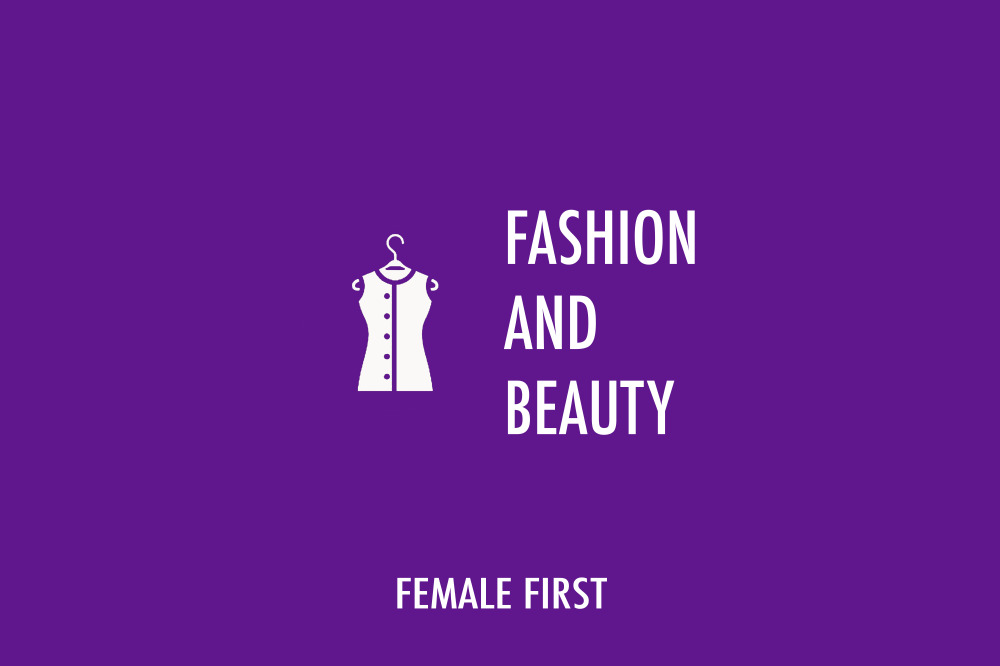Research has shown that the increase in daylight hours and hormones released during the summer can increase lash growth rate. This in turn leads to a more noticeable shed rate during the autumn months. Natural lashes will therefore be thinner and shorter, they will fall out quicker, and those who have individual lashes done will find they need more frequent infills. However, don’t panic, as this will only last around six weeks before your lashes will return to their normal growth rate.

Fashion and Beauty on Female First
But what else causes our lashes to fall out?
Our eyelashes are designed to prevent anything getting into our eyes – they are a ‘sensory’ hair which reacts if touched by a foreign object, and makes the eyelid close. We have approximately 90-150 lashes on the top lid, which measure between 7-9mm, and around 70-85 on the bottom lid. All the hairs on our body, including eyelashes, have a specific three phase growth cycle before they fall out – anagen, catagen and telogen. It’s completely normal to lose (on average) between 2-5 lashes every single day, with or without an artificial lash attached.
The anagen phase, or growth phase, is the first part of lash growth and lasts between 30-40 days. The next phase, the catagen, or ‘transition’ phase is where the lash stops growing and the follicle shrinks away – the lash stays in this phase for about 14-28 days. If an eyelash comes out at this stage it will not grow back straight away as it needs to complete the full phase before it can move on.
The very last stage is the telogen, or ‘resting’ phase, which can last for up to 30 days until the lash falls out and the whole cycle starts all over again with an anagen lash.
It can take between 4 – 8 weeks for to whole process to take place, depending upon the genetic make- up, physiology of the client, and any medication they may be taking.
Did you know…? The longevity of your lash treatment could be down to your own physiology.
Most people can have lash extensions with good retention and without any problems, however, there are certain conditions which may make you unsuitable for lash treatments.
The foremost problem is oily skin; this could be your normal skin, or one of altered physiology, normally connected with a hormone imbalance, or hormone treatment. People with auto- immune conditions may be more affected by glue vapours, as can anyone who appears on the atopic triangle, (asthma, eczema, hay fever).

